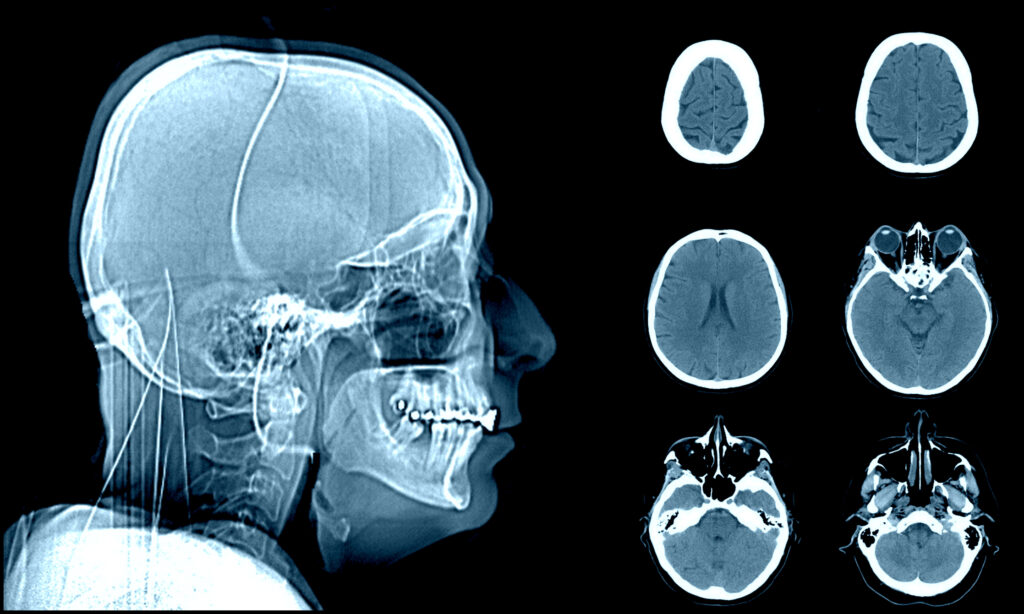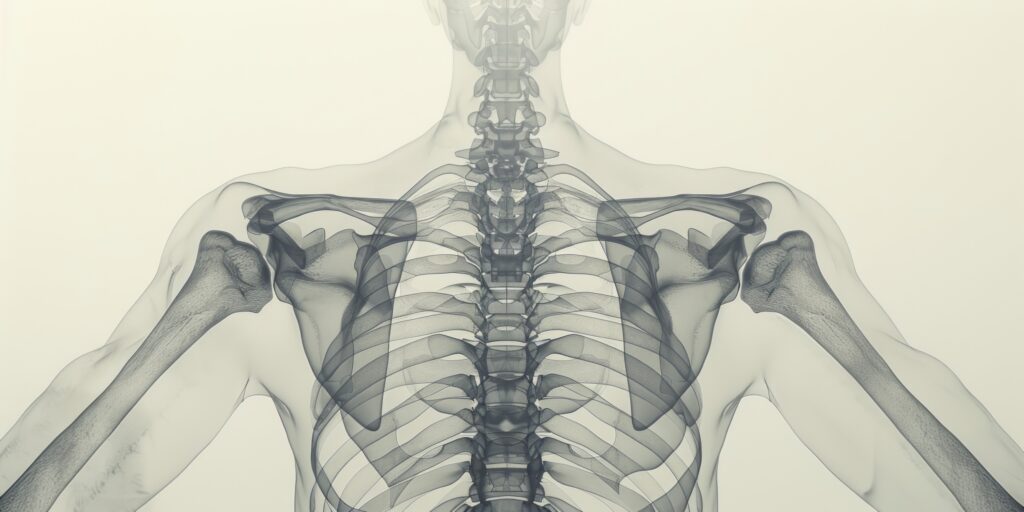The Evolution and Impact of Computed Tomography (CT) Scans
Computed Tomography (CT) scans have revolutionised medical imaging, enabling rapid, non-invasive diagnostics through advancements in resolution, speed, and reduced radiation exposure.
The Evolution and Impact of Computed Tomography (CT) Scans Read Article »


